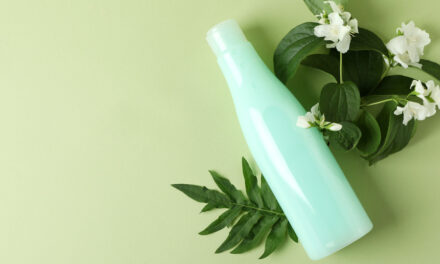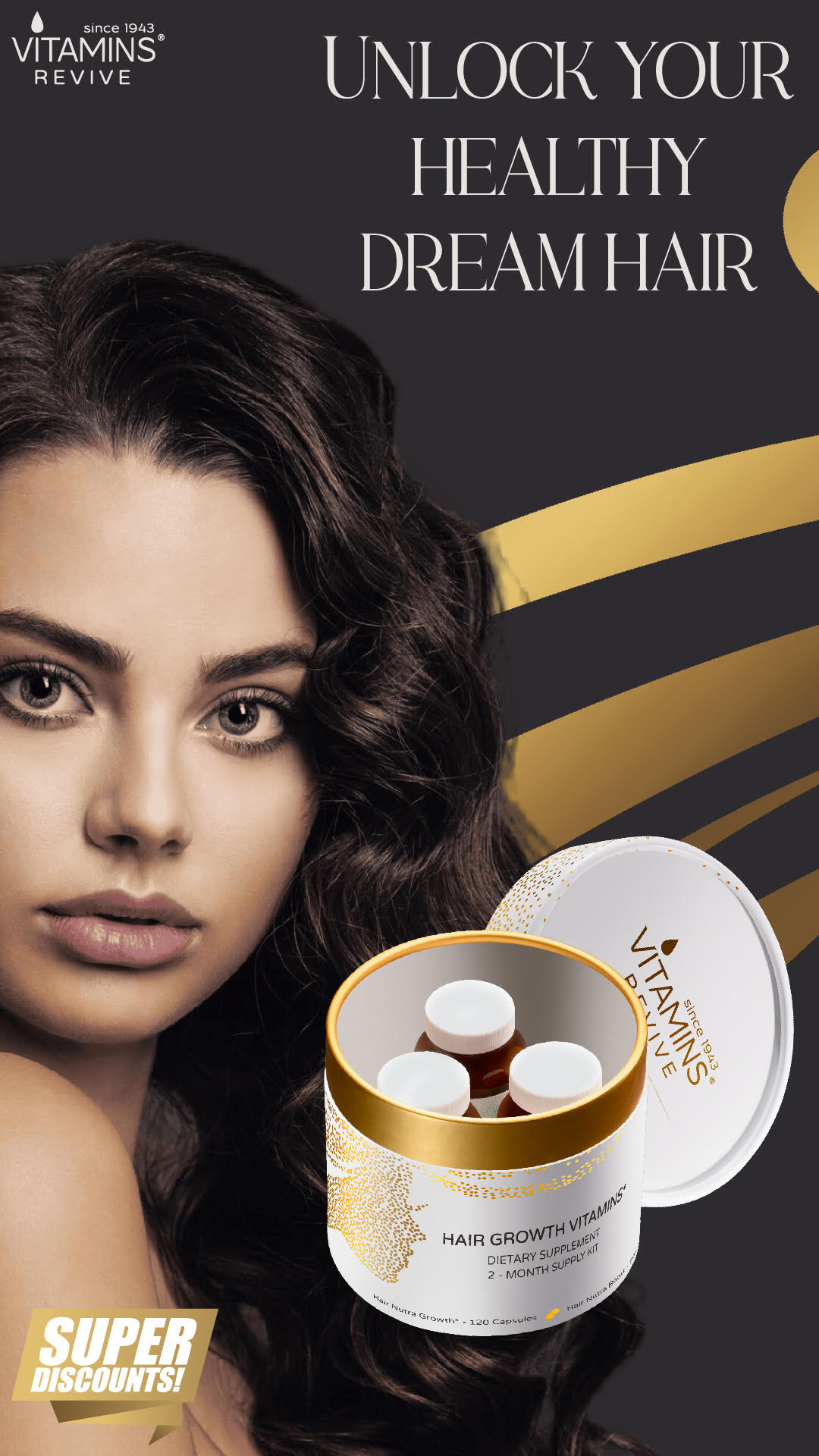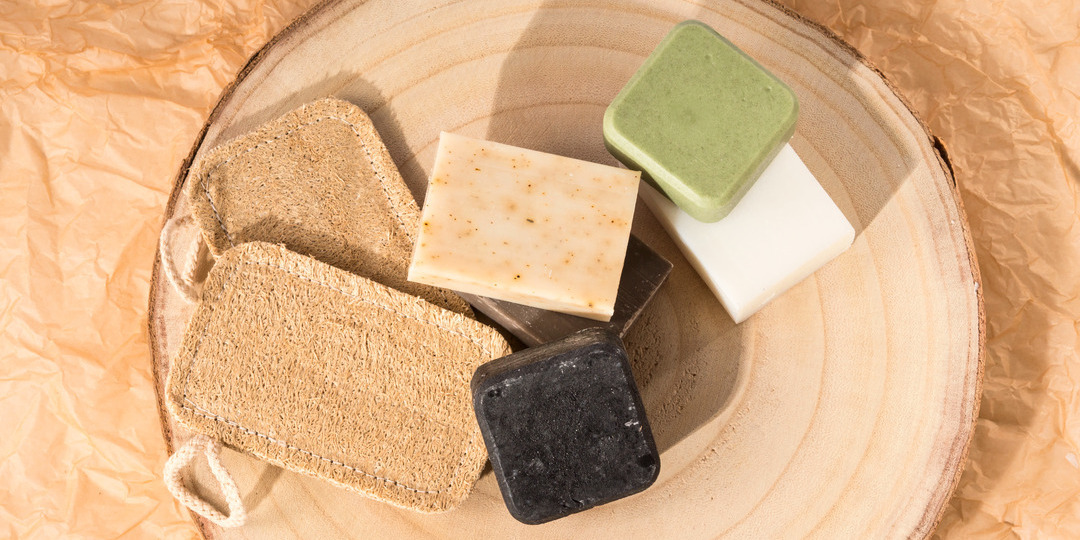
Homemade shampoo bars are quite popular thanks to their long duration compared to their liquid shampoo counterparts and because they suit most hair types. DIY shampoo bars are the best way to go when you want a shampoo bar that’s free from harmful ingredients. So, let’s get started.
What Are Shampoo Bars?
Homemade shampoo bars are nothing but shampoo in solid form and are very similar to liquid shampoos. They cleanse your hair and scalp using surfactants to get rid of dirt and grime.
You can choose your DIY shampoo bar recipe and make it better by adding more ingredients like essential oils.
Understanding the Benefits of Shampoo Bars
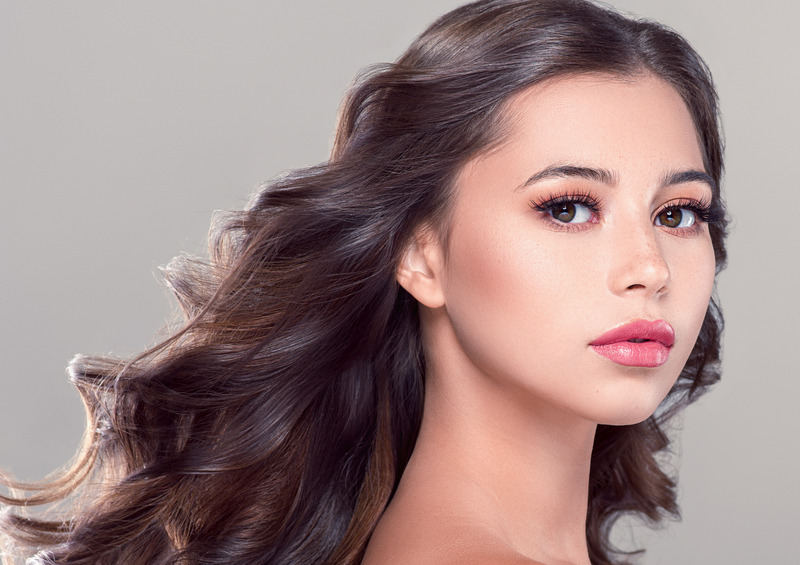
If you are looking for reasons why you should switch to shampoo bars from traditional shampoos, you have more than one reason to consider, and that’s a long list of benefits or reasons here!
DIY shampoo bars are free from harmful chemicals, detergents, carcinogens and can be made using natural ingredients at home.
Yes, a shampoo bar is suitable for all hair types.
Homemade shampoo bars restore hair’s health.
Last longer and light, which translates to lesser or nil scalp residue.
Do not strip your hair of its natural oils and moisture.
Occupies minimal space in your bathroom.
No plastic waste and no bulky shampoo jars occupying space in your bathroom cabinet.
They’re mild and gentle and even nourishing or more, depending on the ingredients you use.
They’re travel-friendly and pocket-friendly!
They’re easy to use.
They’re eco-friendly.
3 Shampoo Bar Recipes to Try
There are different ways to prepare a shampoo bar; you don’t always have to use lye. So, let’s take a look at a few lye-based and lye-free recipes so you can pick and choose what works best for you.
This way, you’ll know how to make a shampoo bar and try one out for yourself and improve the health of your hair and scalp.
Lye-based Olive Bar
You can try an easy recipe using olive oil, but don’t worry about the lye in this. Trust me, it’s easy to prepare!
What You’ll Need
- Olive Oil – 4 Tbsps.
- Shea Butter – 1.5 Tbsp.
- Sweet Almond Oil – 4 Tbsp.
- Water – 3 Tbsp.
- Castor Oil – 2 Tbsp.
- Argan Oil – 1 Tsp.
- Lye – ½ Tbsp.
- Bentonite Clay – 1 Tsp.
- Rosemary Essential Oil – ¼ Tsp.
- Lavender Essential Oil – ¼ Tsp.
Process
- Heat the water in a heat-proof container and slowly pour in the lye until fully dissolved. Keep stirring continuously with a long ladle while standing back so the fumes don’t hit you. It should cool down to about 125 degrees before adding to the oil mixture, so set aside until then.
- Mix clay with just enough water in a bowl to make it slightly wet and let it sit aside.
- In a separate bowl, mix the oils and shea butter together.
- Now pour in the lye mixture slowly into the oil and butter mixture and blend with a hand blender.
- Once the mixture thickens, switch off the blender and add in the clay.
- Stir to combine well, and you’ll get a pudding-like consistency after adding clay.
- Once fully mixed, pour it into a soap mold and let it sit for a day.
- Remove from the mold and cure it for about 4 weeks before using.
- Done!
Notes
You can add the essential oils of your choice.
You can use any carrier oil, including macadamia oil, coconut oil, apricot oil, etc.
For added benefits, you can also use infused herbal oils instead of plain carrier oils. Rosemary herb is a good choice for thinning hair, and margosa is good for combat dandruff.
Consider a vinegar rinse every few weeks to clarify your hair.
No-Lye Goat Milk Bar
This recipe uses melt and pour base, so you don’t have to process lye. If you’re keen about avoiding lye, this recipe is a choice for you.
What You’ll Need
- Goat Milk Base – 1 Pound
- Sweet Almond Oil – 2 Tsps.
- Vitamin E Oil – 2 Tsps.
- Cocoa Butter – 2 Tbsps.
- Myrrh Essential Oil – 25 Drops
Process
- Cut the base into small chunks and add it to your double boiler.
- Add in the Cocoa Butter and let it melt.
- Once melted, remove from heat and add all the remaining ingredients,
- Stir to combine and pour into a soap mold.
- Allow it to harden fully before popping it out.
Notes
We have chosen a goat milk base, though you can choose any soap-making base or melt-and-pour soap base for the bar. There are different bases, including glycerin base, cow’s milk base, milk cream base, honey base, olive oil base, etc.
You can use any essential oil of your preference. Depending on the essential oil you choose, you will need 25 – 50 drops.
You can also infuse your carrier oils used in this recipe. A few good infused options are hair-beneficial herbs like rosemary, peppermint, aloe vera, Indian gooseberry, calendula, margosa, etc.
Jojoba Beads Exfoliating Bar
This bar uses jojoba beads for exfoliation and is quite simple to prepare. It doesn’t even need a melt-and-pour base!
What You’ll Need
- Carnauba Wax – ¾ Cup
- Apple Cider Vinegar – ½ Cup
- Jojoba Beads – ½ Cup
- Lavender Essential Oil – 2 Tsps.
- Liquid Castile Soap – ⅓ Cup.
Process
- Melt the Carnauba Wax in your double boiler.
- Once fully melted, remove from heat and add in all the ingredients.
- Stir to combine and pour into a soap mold.
- Pop them out once they solidify.
How to Use Shampoo Bars
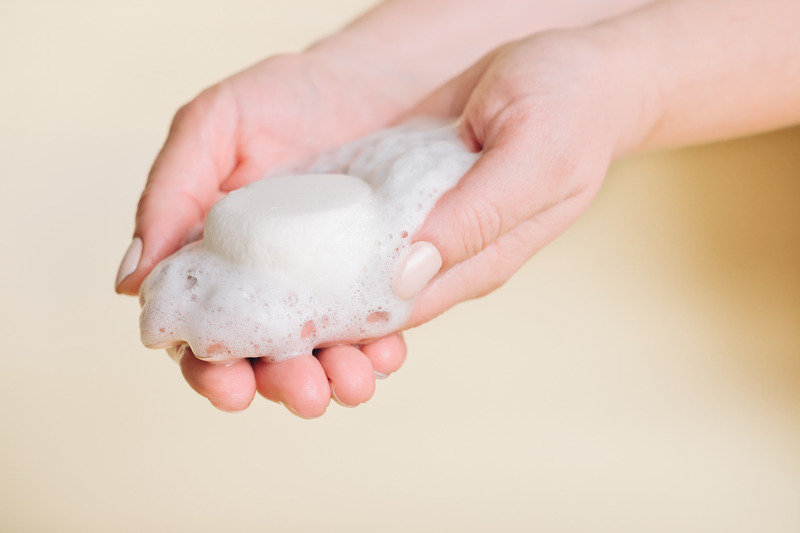
Of course, shampoo bars are probably new to you. But don’t fret. They’re simple and straightforward to use. Wet your hair and scalp really well – not just spritzing water but dripping wet! Then, wet the shampoo bar, rub it on your hands to generate lather, and use it on your hair and scalp.
A shampoo bar will also make an excellent gift, so you can prepare batches for gifting, especially during festive seasons. With a melt-and-pour base, they’re really easy to prepare. The receivers feel special at receiving something that’s prepared at home and free from harsh ingredients.
Storage Tips
Nothing special; you can use a soap case or stand to store the shampoo bar and keep it in your cabinet once it dries or leaves it on the shelf. It occupies less space and doesn’t need a special space like a jar you use for shampoo or lotions.
Some shampoo bar recipes need curing, so you can store them in a cool, dry place till it’s ready for use. The bars are good as long as it’s not exposed to moisture or excess heat.
Conclusion
Check out the different recipes here when preparing a shampoo bar and see what works for you best. All the recipes are natural and fairly easy to follow.
Doubtful about going the DIY route? We’ve got you covered with a range of products that are premium and vegan from Vitamins Revive. Check out their online store and see if a product meets your preferences and requirements.
As always, keep us posted with your results, and let us know how you liked these recipes and how they worked for you. Feel free to write back to us for any questions or concerns. Also, if you have any feedback you’d like to share or special requests, feel free to mail us about the same. We love hearing from you all.
FAQs
Should I use lye for shampoo bars?
Lye is needed in most soap and shampoo bar recipes. But the good news is it’s not the only way. There are ways to skip using or processing lye, including but not always limited to using melt and pour base.
Can anyone use shampoo bars?
Yes, it’s suitable for all hair types.
What to do if I have a sensitive scalp?
You can choose a recipe that’s soothing, like ones that include honey, molasses, glycerin, or milk.
What melt-and-pour bases can be used for shampoo bars?
There are many different options when going with melt-and-pour bases. They are shea butter base, goat milk base, honey base, glycerin base, oatmeal base, etc. You can choose any soap base that works best for you. Make sure to go for natural and organic soap bases for your shampoo bar.
Do shampoo bars lather like commercial shampoos?
While shampoo bars are NOT no poo, they do lather but not like commercial lathers. However, you can choose to swap your shampoo bar ingredients to get lather the natural way – using soap nuts, for example.
However, remember too much soap from the shampoo bar can dry out your hair and scalp. So though the lather is less here, remember it’s concentrated, and even with too much lather, it still gets the job done.
Can I use shampoo bars if I have dandruff?
Yes, but it depends on the shampoo bar recipe you’ve chosen.
Do shampoo bars make your hair oily?
Depending on the shampoo bar recipe, it can be during the initial phase or during the transition phase when your hair is adapting to the change. Depending on the ingredients, it could be that the type of bar is leaving a residue, but with time and experimentation, you can identify what works for you and go with that.
Are shampoo bars OK for those with Psoriasis or Eczema?
Not always, but as long as the bars have ingredients chosen carefully or with the right shampoo bar recipe to suit your condition, you should be fine. Make sure the shampoo bar is pH balanced and gentle. Always do a patch test to be sure, though.
Do I need conditioning after using shampoo bars like liquid shampoos?
It’s a matter of one’s choice and requirements, really, but it also depends on the ingredients or the homemade shampoo bar recipe you’ve chosen. If you have the need for conditioner, use it, and don’t forget to clarify with an ACV rinse every few weeks.
Hot to prevent waterlogging on shampoo bars?
Use a soap case or caddy, a rack style that lets water drain from the shampoo bars. This way, water won’t log on your shampoo bar and spoil it or make it mushy and a bed for microbial infestation.




